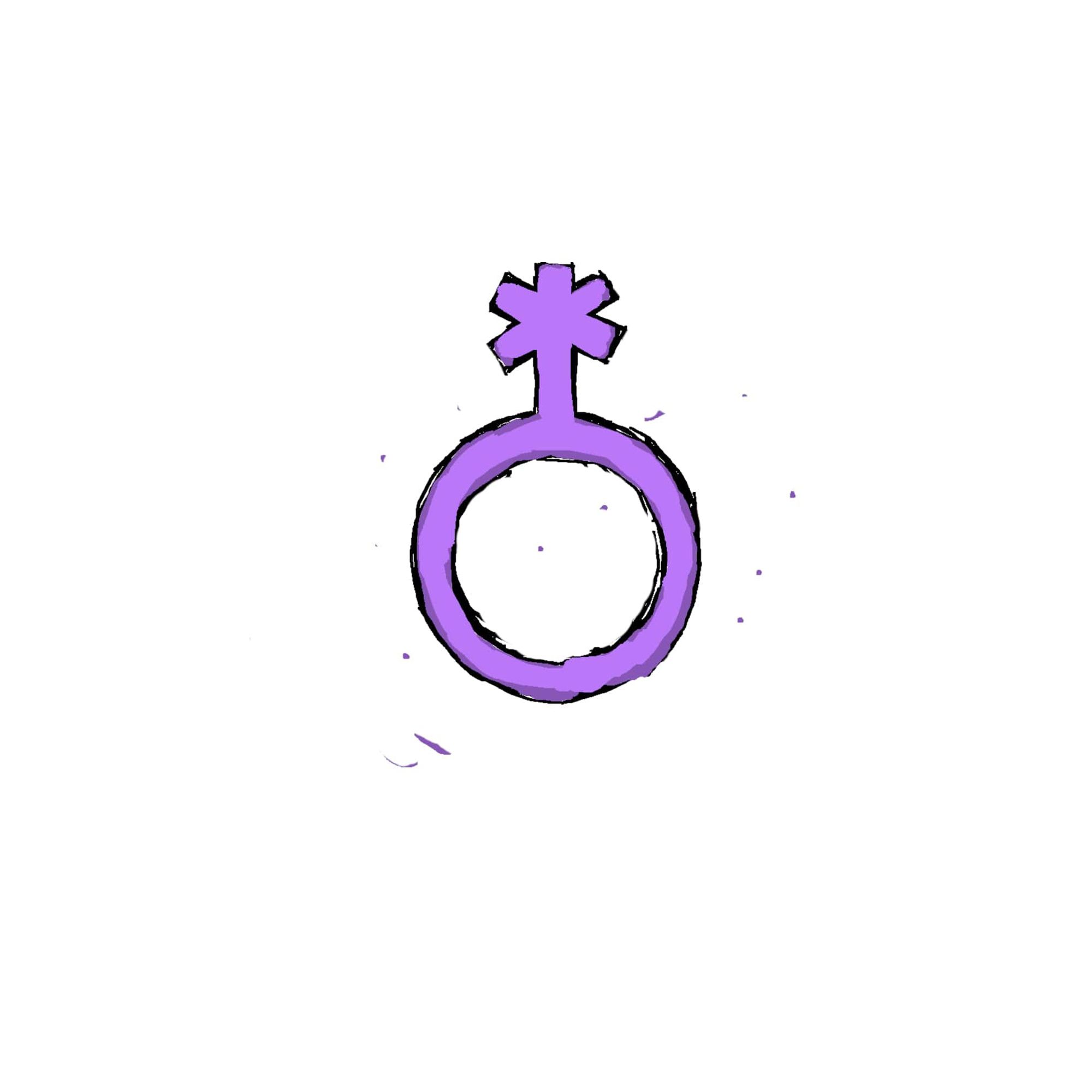Publication
Article
Psychiatric Times
Medicine Beyond the Binary
Author(s):
“Respecting someone’s pronouns is vital to respecting the person in front of us and their identity. Gender has a different meaning to everyone. There are many different pronouns, even beyond they/their/them.”
Jeronime_AdobeStock

COMMENTARY
For years, I never really thought about my gender—or lack thereof—or considered the gender binary as a concept. I had never questioned my pronouns or the effects of language on me and my well-being. However, I did know I was different from what was expected of me based on my appearance, which made me deeply uncomfortable. Through reading and discussion, I learned more about gender as it exists as a spectrum—and I knew I was nonbinary.
Outside intersex individuals, sexes are primarily divided into male and female based on anatomy. Gender is separate from sex. Sex is what we really tell new parents during an ultrasound when we discover the genitalia of their future child. What we say, however, is a gender: “It is a boy,” or “it is a girl.” Many love to engage in gender reveals, with pink or blue defining the identity of an individual who has not yet had the chance to give their input and define who they are on their own. With language, we define someone’s gender for them—and when that individual is uncomfortable with this imposed identity, society labels them the exception to the norm. This can have a devastating impact on our patients’ mental and physical health.
The gender binary can certainly be comforting. For example, it means everything to my trans patients when they are finally seen as the same gender on the outside that they are on the inside. But for many patients, we leave room for discomfort when operating solely within the binary. With gender seen as a spectrum, however, there are infinite genders in between the two most of us think of. This makes way for individuals to define their own identities. One could argue that most people are nonbinary if gender is a spectrum, or that gender does not exist at all.
We use language that reflects our identity by way of pronouns. During clinical rotations and in forums where individuals discuss pronouns, there is often confusion surrounding those outside the gender binary. He/she pronouns are intuitive for most individuals; they match what people usually think of as singular and man/woman. However, when an individual adopts “they” pronouns, we often stop to question: Is “they” singular? How can we use “they” outside plurality? We do this all the time without thinking, and we have done so for hundreds of years across many cultures. Recall the last time you found an object that did not seem to have an apparent owner. We say, “Someone lost their [object].” We know this is a singular individual, but because the gender of the individual is unknown to us, we assign the nonbinary “they.” We opt not to use, “He or she lost his or her wallet.” The singular, gendered version might sound even more unnatural to you here. Like driving a car, when we start to think about the act, it suddenly feels odd to us, like we have never driven before. It is the same with language.
So how can we better serve our nonbinary patients? We can start by adopting more inclusive language in our fields. For example, in ob-gyn, we talk about women’s health and pregnant women—but it is not only women who can become pregnant or use these services. Trans men and nonbinary individuals also need us. Although it takes effort because it is not our habitual way of thinking, adopting language such as “pregnant people” can make all our patients feel more included.
Respecting someone’s pronouns is vital to respecting the person in front of us and their identity. Gender has a different meaning to everyone. There are many different pronouns, even beyond they/their/them—for example, zey/zeir/zem. Many nonbinary individuals may fall slightly on the feminine or masculine side of the spectrum and adopt both she/they or he/they pronouns. Some individuals are more gender fluid, adopting he/she/they pronouns.
I have found that the best way to know what someone uses is to introduce myself with my pronouns and then simply ask the individual about theirs. Then I practice, accepting that I often get things wrong, but knowing that I am trying my best.
Mx Mendelow is a third-year medical student at the University of South Carolina School of Medicine Greenville. She received her bachelor of arts degree in romance languages and literatures and international studies from the University of Michigan and practiced as a licensed aesthetician before medical school. She hopes to pursue ob-gyn and incorporate her love of psychiatry into her practice. ❒






